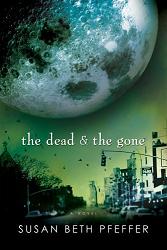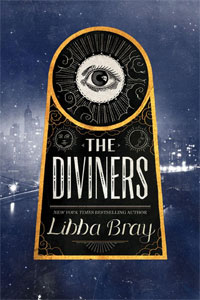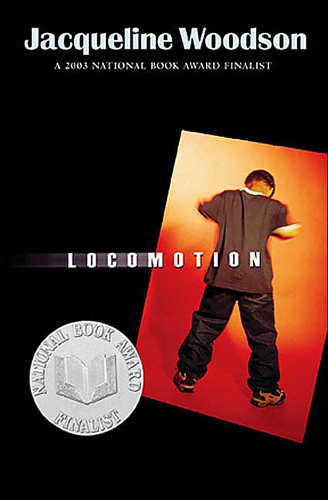 “‘Honey. They found her. In the park.’
“‘Honey. They found her. In the park.’
They found her in the park. Playground. Swings. Kids. Good. So they found her in a nice place, not a motel, which was kind of what I was expecting.
Except…they? Not her mom?
They found her. I shake my head, because there’s something weird about found. You find sweaters in the park. Or lost dogs. Found is like Wendy’s not a person. Not a living…
My mom is crying. That tells me what found means. Why Wendy isn’t a person anymore. That Wendy is dead.”
Rain and Wendy used to be best friends. To Rain, Wendy was more than a party girl intent on sleeping with everyone’s boyfriend. She was the one with the huge heart and offbeat sense of humor, the girl who wasn’t above faking a fainting spell in H&M and who didn’t care what others thought of her. But when Wendy’s body is found in the park after a wild party, no one seems to remember the good things about her. Instead, there are nasty rumors about drugs and alcohol. The sensationalized news reports are written as though what happened was Wendy’s fault.
Rain knows it wasn’t Wendy’s fault. In fact, she is pretty sure she knows what happened that night to her friend, and who did it. Will she gather the courage to speak up, even if the results are devastating?
This is a solid mystery for teenagers, especially budding fans of psychological thrillers. Rain is a believable, sympathetic character, and the plot keeps readers guessing, without feeling contrived. I finished the book in a night! The author sensitively and realistically portrays issues of predatory teachers, underage alcohol and drug use. A great pick for teens looking to be gripped with a good thriller.
Happy Reading!
Author’s website: http://mariahfredericks.wordpress.com/
Fredericks, Mariah. The Girl in the Park. Schwartz & Wade: New York, 2012. 217 pp. Ages 15 and up.
If you liked this, try:
Jasper Jones by Craig Silvey
Mr. Death’s Blue-Eyed Girls by Mary Downing Hahn
Shine by Lauren Myracle






